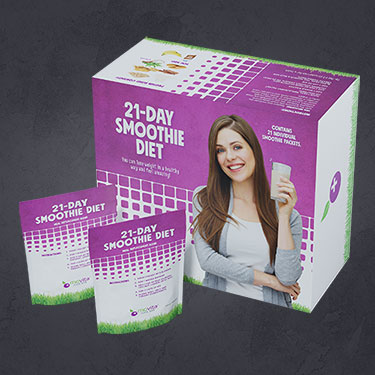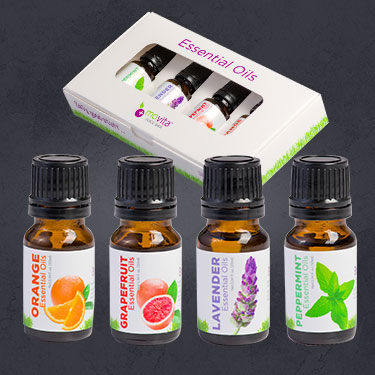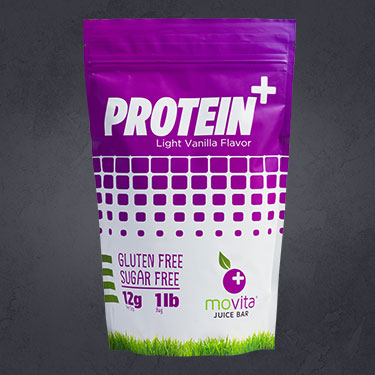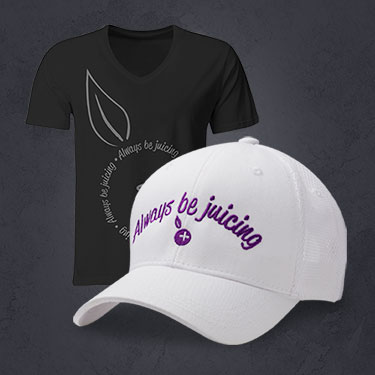
Beets have made a comeback lately. I’ve seen them featured in restaurant salads, layered in quinoa bowls, and as an essential component to vegetable juices. Packed with important nutrients, the beet is a colorful, flavorful, and nutritious vegetable that can be enjoyed in a variety of ways.
Beet Nutrition
Both the dark green leafy tops as well as the colorful beet root contain a variety of essential nutrients. The beet root is an excellent source of antioxidants including vitamin C, carotenoids, phenolic acids, flavonoids, and a unique group of phytonutrients called betalains that provide the red/violet or yellow/orange color in beet roots. Scientists are just starting to learn about the possible anti-inflammatory and antioxidant benefits of betalains in some types of cancer, liver disease, arthritis, cardiovascular disease, and type 2 diabetes.
Beets are also high in nitrates that play an important role in regulating blood pressure, reducing oxidative stress, and promoting cardiovascular health. Several studies show that drinking 1-3 cups of beetroot juice per day improves the distance and time that people with peripheral artery disease can walk and also increases the intensity and amount of exercise in trained athletes due to increased levels of nitric oxide that improves blood flow and lung function as well as strengthens muscle contractions.
The dark green leafy tops of beets are nutrition powerhouses on their own too. Beet greens are excellent sources of vitamins K, A, C, and B vitamins along with copper, magnesium, calcium, iron, and fiber. Beet greens contain lutein and zeaxanthin, phytonutrients that, according to the American Optometric Association, protect our eyes from harmful ultraviolet rays and are important in preventing cataracts and age-related macular degeneration.
Potential Concerns: Beeturia and Oxalates
About 5-15% of the population notice a reddish tinge to their urine after eating beets, a condition called “beeturia.” It’s not considered harmful, although it can be found more often in people who also have low levels of iron.
Beet leaves, along with other dark green leafy vegetables such as spinach, chard and rhubarb, are also high in oxalates that can decrease the absorption of calcium from these vegetables. Some people, especially those with inflammatory bowel disease, are more prone to developing oxalate kidney stones and need to avoid eating high amounts of foods that contain oxalates.
How to Cook Beet Roots
Although it looks tough, the beet root is actually quite delicate. Rinse it gently under cold, running water to avoid bruising. To preserve the most nutrients, cut the cleaned beet root into quarters and steam over boiling water for 15 minutes until easily pierced by a fork. Remove from the water and remove the skin by gently rubbing with a paper towel. Add lemon juice or vinegar to brighten the color of the beet root during cooking. Salt blunts the color so add it only at the end of cooking. Marinate steamed beets in olive oil, lemon juice and fresh herbs.
Beets become tender and sweet when roasted; wrap cleaned whole beets loosely in aluminum foil and roast in a 400 degree oven for 45-60 minutes (larger beets take longer to roast). Remove the skin by gently rubbing each beet with a paper towel. For a quick and simple meal, grate raw beets and use the grated beet in cold salads.
How to Cook Beet Greens
Cut the beet greens from the beet root at the stem, rinse under cold running water, and cut into ½-inch slices. For the sweetest taste and to preserve the most nutrients, bring a large pot of water to a boil. Add the clean beet greens and boil for 1 minute. Remove from the boiling water and place in a colander. Press out the liquid and toss with olive oil and lemon. Young beet greens can also be enjoyed uncooked in cold salads.
Beet Root and Beet Greens Nutrition
1 cup booked beet greens
- 39 calories
- 0.25 g fat
- 8 g carbohydrate
- 4 g protein
- 4 g fiber
1 cup cooked beet root
- 75 calories
- 0.3 g fat
- 17 g carbohydrate
- 3 g protein
- 3 g fiber
It’s National Nutrition Month, so check back with us soon for our next post!
And as always, follow us on Instagram @movitajuicebar for everything fresh, healthy & nutritious!
DISCLAIMER: These statements have not been evaluated by the FDA. The information is for informational purposes and is not intended to treat, diagnose or cure any illness. Consult a physician before taking any action.
Want to contribute great content?
We are looking for contributors provide our readers with great healthy content to encourage positive living. If you're interested in becoming a contributor pease email us at blog@movitajuicebar.com



